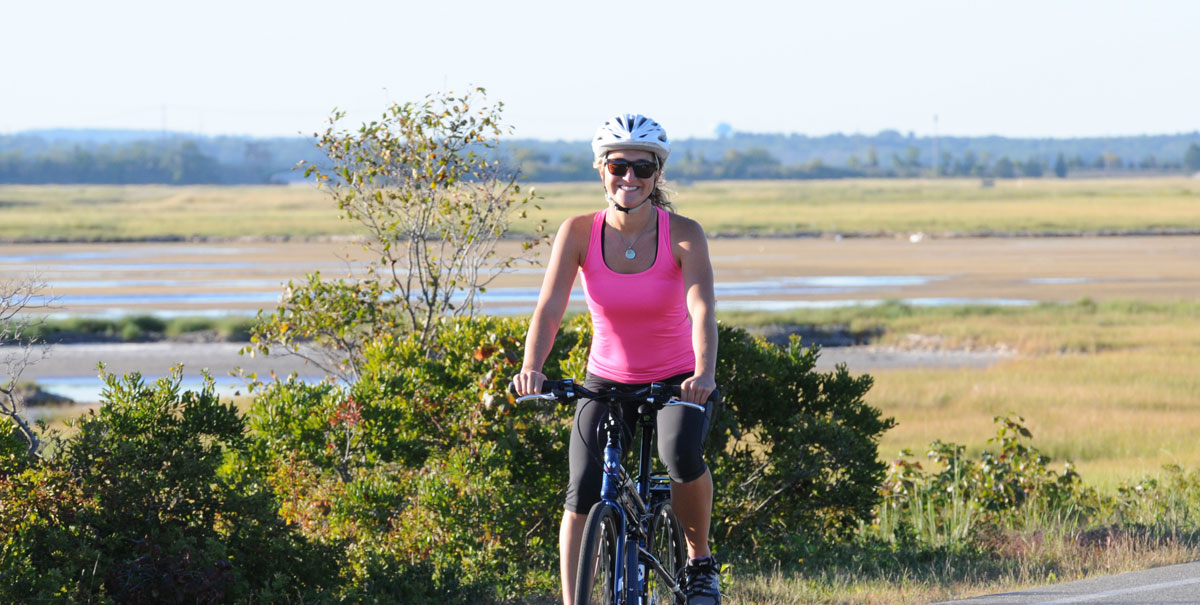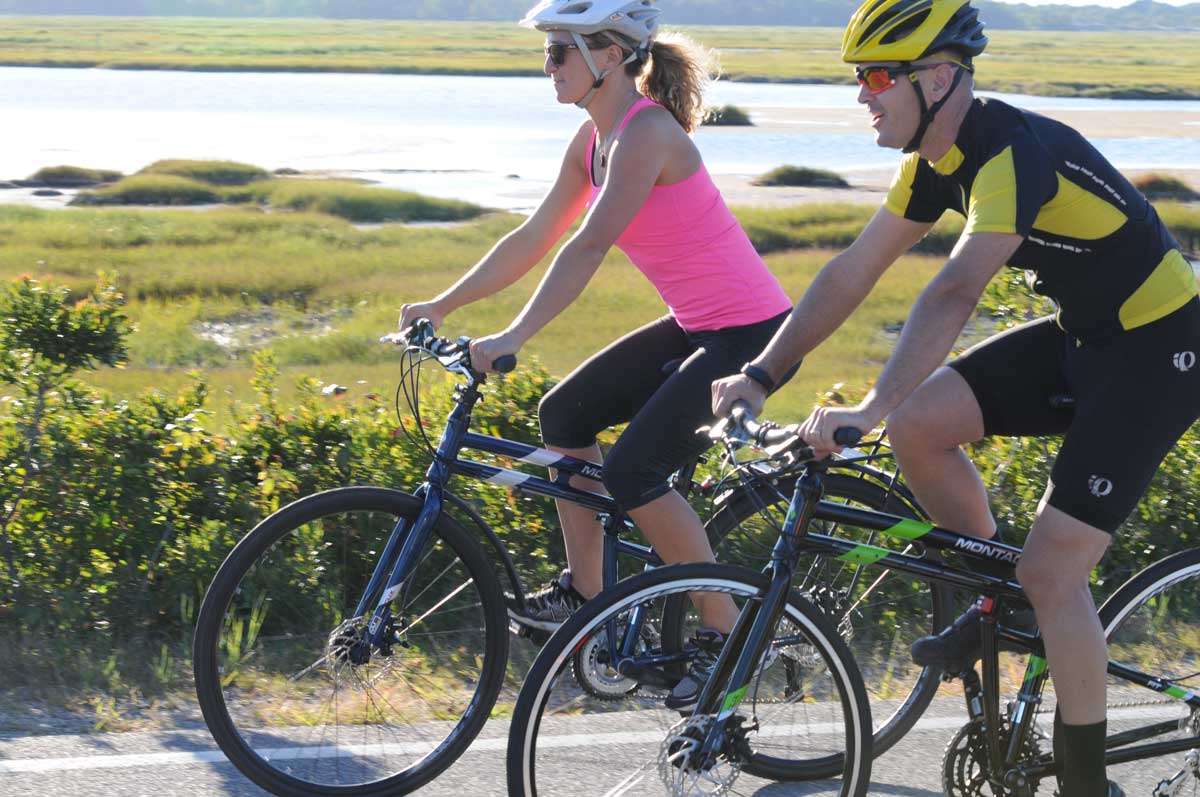
If you just got a new bike or are getting back into cycling after some time away, seeing the world by bike can feel like a whole new experience. One that is definitely exciting – but possibly intimidating without the proper knowledge. Understanding the specifications of your bike, how it functions, and best practices for riding it will make that adjustment period easy and keep you safe along the way.
Whether you’re a commuter biking every day, a weekend warrior, or a new biker just starting out, these tips will make your biking experience the best it can be.
1. Ensure your bike is ready to go
Before each ride, run through a quick checklist to make sure everything is working properly, and your bike has had the necessary upkeep to tackle your planned ride. Every ride puts stress on the bike but keeping up to date with maintenance helps to avoid unexpected issues. Use our “Check It Before You Ride It” post to get a start on proper upkeep and daily safety checks.
2. Correct Usage
To get the most out of your experience, it’s important to use your bike for its intended purpose. If your bike is built for pavement or light trails, attempting to tackle an intense mountain trail can lead to damage to your bike, or even to yourself. If the desire to go off-road strikes you, it’s time to get a proper mountain bike. And while mountain bikes can be safely ridden on pavement, you will find that the wide knobby tires and suspension make them a bit less efficient on smooth roads. You’ll likely feel sluggish and tire more easily than with a bike model designed for pavement.
3. Proper gear
Make sure you have the right equipment to keep yourself safe, hydrated, and comfortable during the ride. Every time you take your bike for a spin, always have a properly fitting helmet, a source of water, and the clothing and footwear designed for your type of riding. If you’re on a mountain trail, then eye protection, biking gloves, and a first aid kit are a good idea. If you’re riding on pavement, ensure that cars, pedestrians, and other cyclists can see you in low-light conditions by having bright or reflective clothing and front and rear lights.
4. Know your route
Plan ahead to know what to expect on your ride from both a skill and safety perspective. Know the route you are taking and calculate approximately how long you expect to be riding. This helps ensure you have the proper equipment, bring enough hydration or snacks, and that you have the necessary skills and experience to safely complete the ride.
5. Obey traffic rules and trail etiquette
While cycling on the road, be sure to obey traffic signals, stop signs, and all applicable traffic laws. Always ride in the same direction as traffic and use proper hand signals to let motorists and other cyclists know when you are turning. If you’re on a trail, be aware of your surroundings and understand the proper etiquette for when you encounter others. Whether they’re other cyclists, hikers, dogs, horses, or anyone else that comes your way, be sure to give them space, announce your presence, and only pass when it’s safe to do so.
6. Always be prepared to brake
Stay alert while riding and be prepared to slow down or stop at any time. Drivers and pedestrians may not always see you, and obstacles may approach faster than you expect. Familiarize yourself with how your brakes respond, how quickly they can stop you, and know your bike’s limitation before you ride. For example, rim brakes typically have a bit less stopping power than disc brakes and might require harder braking or longer distances to stop.
7. Shift early and often
When riding, shift often to get in the habit of switching gears instinctively as the terrain or grade changes throughout the ride. Make sure to downshift before hitting a steep incline, to limit the wear and tear on the gears, derailleur, and chain that can occur when shifting under heavy load. Conversely, shift into a harder gear while going downhill to limit wasted energy and maintain your speed.
8. Practice, practice, practice
The only way to get better at cycling is to practice, so ride as much as you can, on as many different roads and conditions as you can. And let’s be honest, biking is the most fun you can have outdoors, so why would you not ride as much as possible!? Research new routes in your area or look for new places to ride when you travel. Mastering the basics and working on your skills will have you tackling new challenges in no time.
9. Challenge yourself but stay safe
The more you push yourself, the faster your skills will improve. Step outside your comfort zone but make sure you are still prepared and can safely complete the ride you choose.
10. Connect with a biking community
Joining a community of bikers is one of the best ways to increase your knowledge, find new rides, and make friends. Look for local groups online, talk to other riders, or visit your local bike shop. There are always experienced cyclists to be found at a bike shop, and shops often organize events, clinics, and group rides. Riding with others is always better than riding alone.


